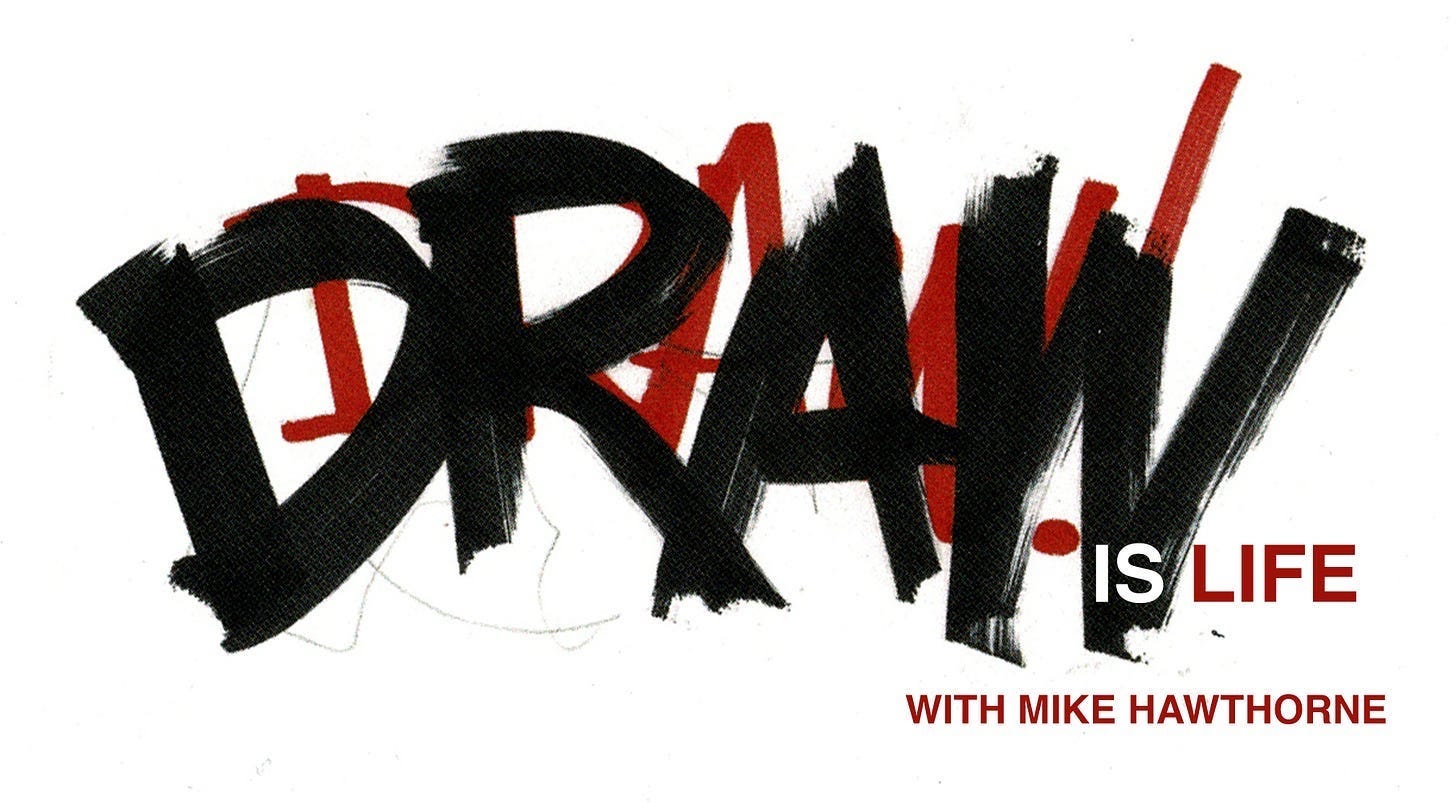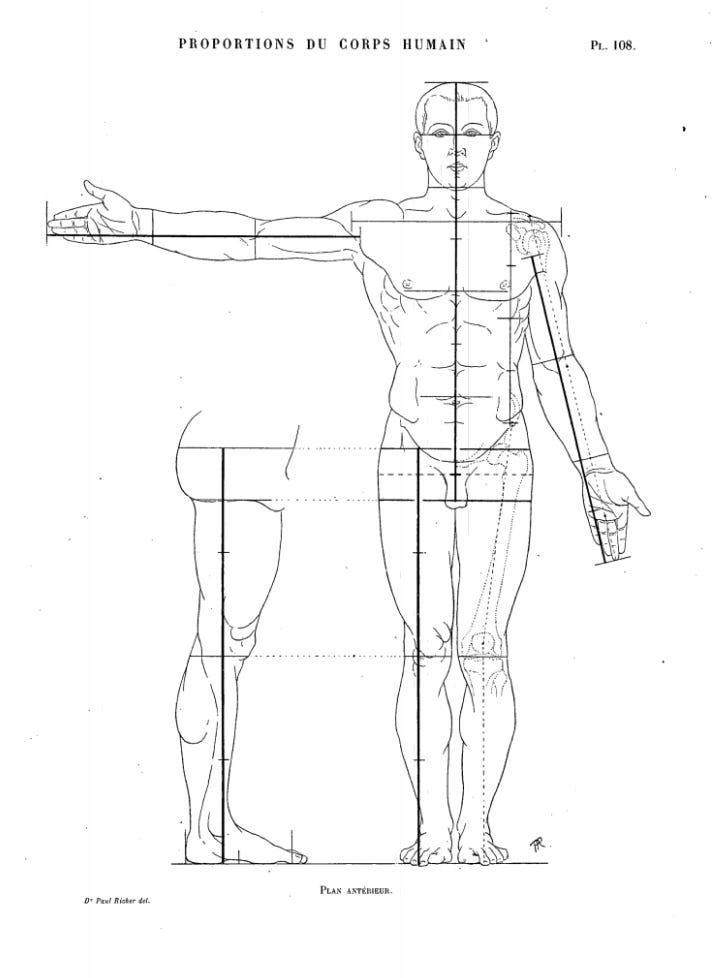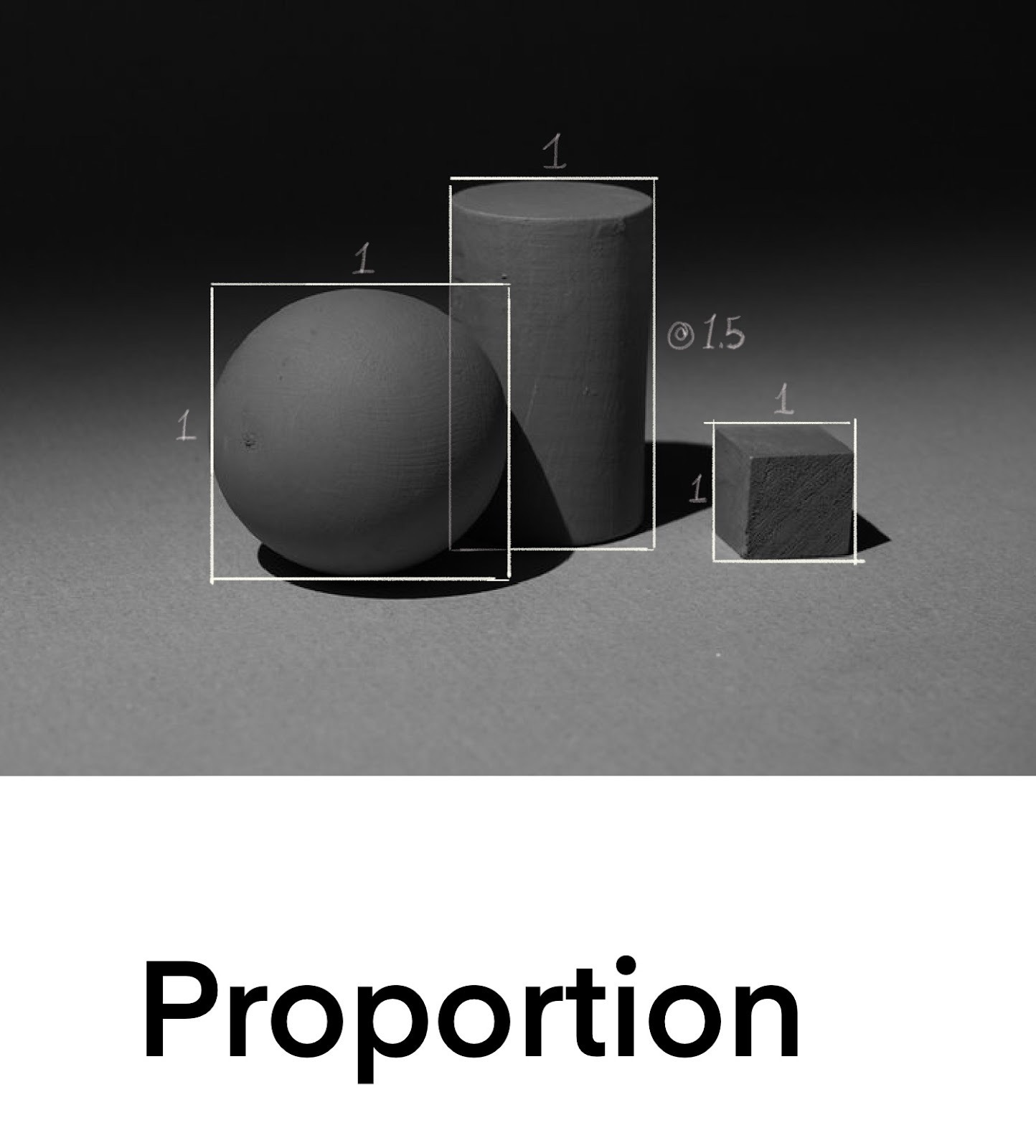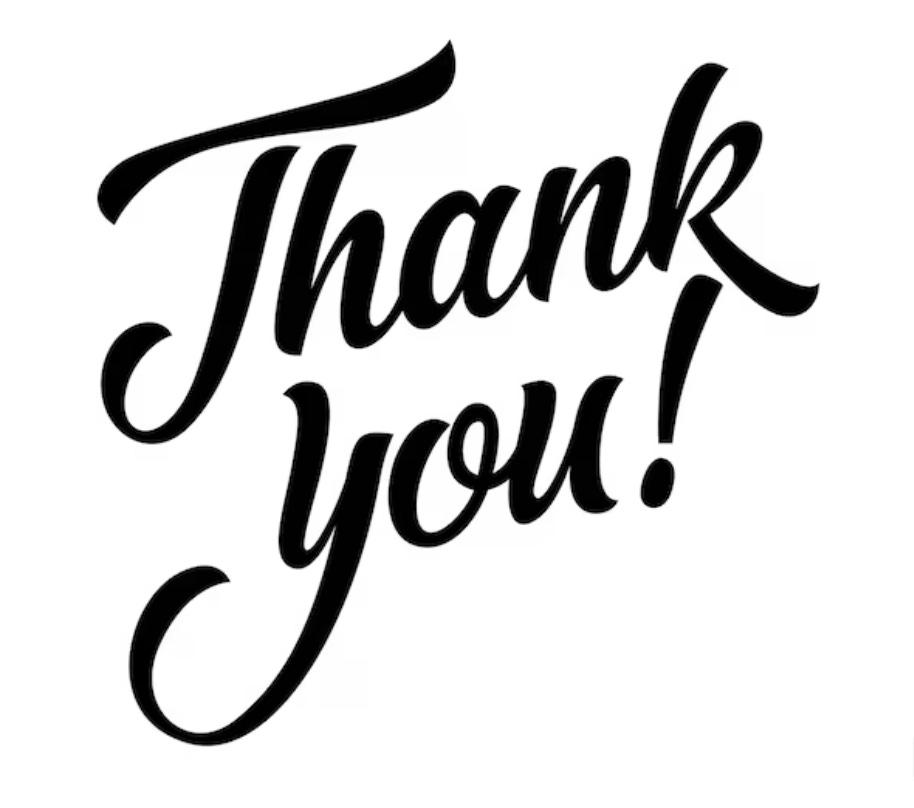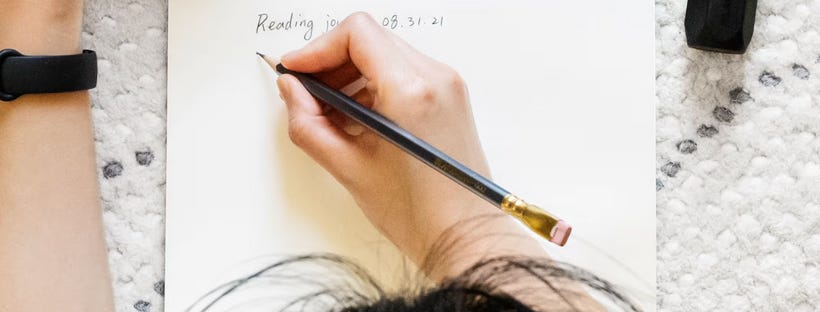NEW Draw is Life column
Proportional responses
What is this column? I’m going to do that classic “answer by saying what it’s not” thing. First, it’s not going to be the definitive answer on anything. It’s not going to be “the way”, I’m not going to preach from on high on how things should be done.
I draw for a living and in an age when folks are trying to crack the code to making art, but I want to share the human experience behind the images you all see. This business is wonderful and treacherous, I’ll share stories here about how I get by.
If that’s instructive, then cool. But none of this is gospel.
My name is Mike Hawthorne, and welcome to Draw is Life
“Proportions- adjust or regulate (something) so that it has a particular or suitable relationship to something else.”
I’m a college professor and I recently had to hand in my midterm grades. While doing so, looking at the history of my class via the site I’m to use to enter grades, I realized I’ve been teaching for 12 years. I’d never planned to be a teacher. I fell into it after being invited as a guest speaker for the very school I would eventually spend 12 years in.
When I was 12 years old I really began to see myself drawing. Obviously I drew before then, but around this age I became conscious of me, the self, drawing. My ego had entered into the process before this but it was around 12 that I began to feel as though drawing is who I was.
Self consciousness feels like a part of a learning-to-draw-cycle. First we draw freely, as a child does. No aspiration beyond the act of drawing, the love of drawing. Then we become self aware, inserting our ego into the act. We want to become “star artists.” Perhaps we begin formal training. If the training is done with conviction, our art improves from a technical point of view, though it’s never as pure as when we were children. If we continue to study we go from “learning to draw” to “drawing to understand.” The more we draw the deeper we stare into life’s intricate patterns. Stare long enough and the artist sees beyond the intricacies and starts to see the interconnection of all things. Stare longer still and we lose awareness of ourselves in the art, the techniques we learned during our formal study dissolve till we draw as freely as we breath.
I’m not there yet, but I’ve had glimpses of it. Times where I draw and feel as though I’ve lost myself. I’ll “wake up” and look at what I’ve drawn, not really having a recollection of the physical act.
If I’m honest, I find this disconcerting. I love to draw, but I fear that if I can forget the act of drawing then do I need to draw at all? Could I just think of drawing and understand what I’m looking at without needing to make a recreation of something observed?
When I was 12 I just wanted to draw and become a famous comic artist. I was sure all doors would open for me if that happened. I would earn money, my mother and I would live better, eat regularly, and understand comfort. I didn’t have a sense of proportion when I compared my future life to my current one, because at the time I could only see one of the dimensions involved.
When we, as artists, talk of proportions it’s always in a relationship sense. This compared to that. Width compared to height.
I teach an observational drawing college course where there are many lessons and techniques, but they can all be boiled down to this one idea; learning to assess the proportions of a thing.
It’s difficult for young students to grasp that the complexities of drawing “well”, whatever that means, can be simplified to the width of a thing in relation to the height of a thing.
I think they, like me as a kid, were sure there was some trick to it. Some magic to making the images exactly as you see it with your eye and your mind. So, they fight me on the exercises. I instruct them to measure the width and the height, they nod along agreeing to do so, then promptly ignore me when I walk away. When I circle back around to check on them they’re often exasperated to hear that their drawing is wrong.
Sometimes I will catch myself comparing one group of students to another. I’ll ask myself why I was able to get through to one group and not so much with another. But that’s a fool’s errand. I can’t compare one to another. I must compare each group to itself, how they were when we started and where they are at the end. That has helped me keep myself clear eyed in my expectations with each class but to have no expectations from one class to the next.
Each new group of students of my 12 years of teaching drawing has been different, so with every new group I go through my paces. I stand back, observe, take a measurement of where they are and where they’ll be. I expect nothing from them but to work, to attempt to understand. A proportional response to their individual progress is my goal. The less they “get it” the more I must work to guide them towards understanding. The more they understand, the more I try to get out of their way and let them lose themselves in the work to find their way.
Happy drawing.
People who are at risk of losing their SNAP benefits strikes close to home, as I grew up on old school “Food Stamps” and know full well the difference that assistance can make and how it feels to be shamed for needing the help.
It all breaks my heart that we’re still here. None of us can make up the difference for what the Government should be doing, but if you want to help there’s info on how to do so.
My daughters’ new artbook Kickstarter campaign is finished and you beautiful people helped make it happy!
We’re grateful to you all and are excited to get this book into your hands.
Thank you!
Mike
The holidays are coming and trust me, your favorite artist would love a set of Blackwing pencils! Pick them up using mylink, or discount code “MikeHawthorne” and help support my work.
Thanks!

